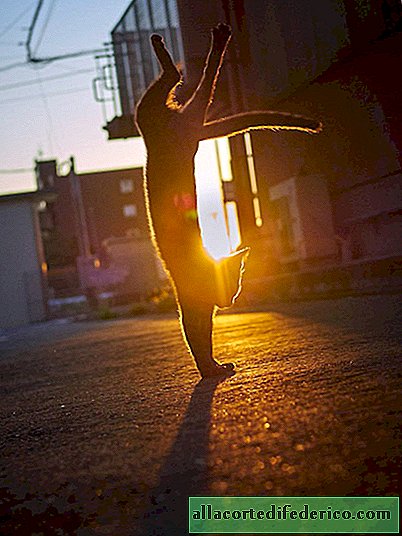What is the "summer shine" and is it worth it to be afraid
As two drops of water
In fact, this phenomenon was known long before the invention of the first aircraft. Climbers were the first to record it back in the mid-1700s. Members of a French scientific expedition climbed Mount Pambamarca in Ecuador and from there saw their shadows: around their heads was something like a shining halo. In the 18th century, someone could attribute such a phenomenon to a divine manifestation, but at the beginning of the 20th century a physical explanation of the unusual phenomenon appeared.

Photo: JEFF TOPPING / GETTY IMAGES
In the 1980s, scientists clarified that most of the light that forms the radiance does not even pass through drops. The rays barely touch the droplets, creating electromagnetic waves in them. These waves influence the distribution of light, forming the very "halo" that we can observe.

Life saving lights
But this optical phenomenon is far from the only one that made people think about the presence of higher forces. Another such example is the lights of St. Elmo. These are electrical discharges that occur at the ends of sharp objects: towers, lonely trees, sharp peaks of rocks and masts. Most often, such lights appear when the air is filled with electricity: before or during a thunderstorm, as well as a severe winter blizzard.

The fact that the discharges “love” the masts and stormy weather naturally led the sailors to come up with their own explanation. They were sure that the “lights of St. Elmo,” so named after St. Elmo (Erasmus), the Catholic patron saint of sailors, promises good luck and the successful completion of the worst storm.
We are sure that the "flying radiance" can be regarded as a good sign!

















